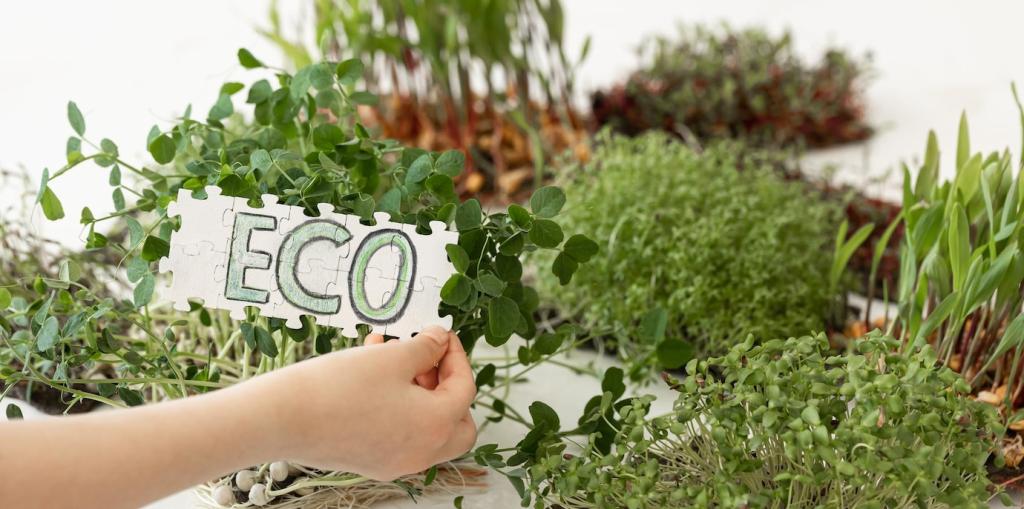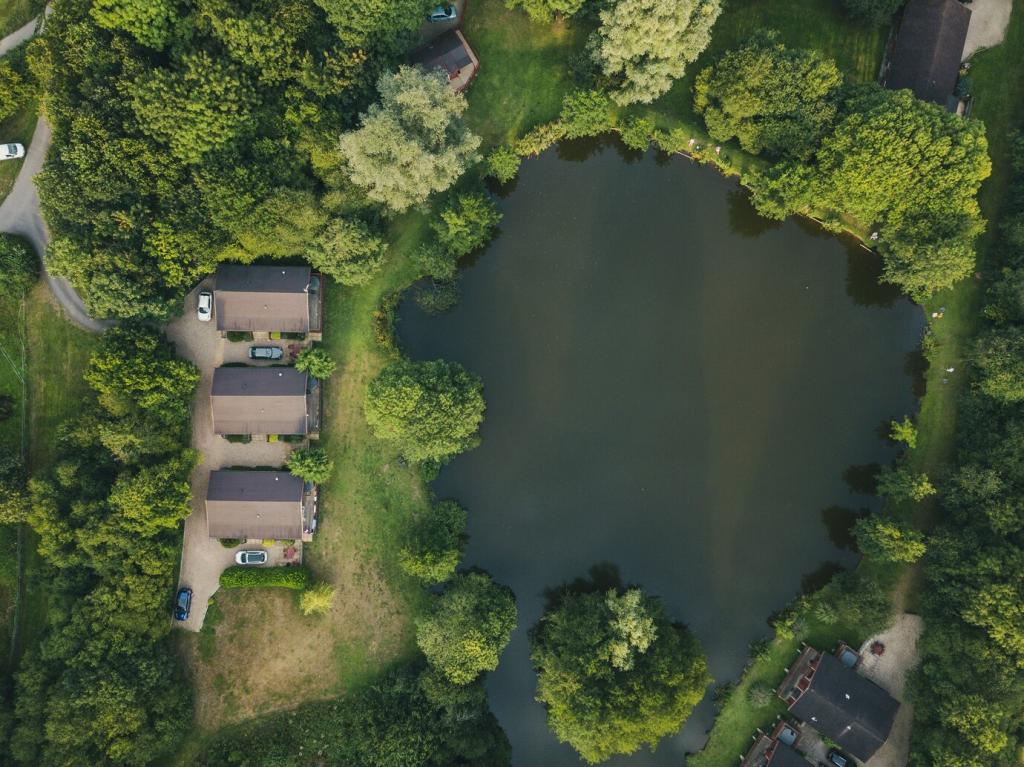Green Landscaping and Gardening Tips: Grow a Yard That Gives Back
Chosen theme: Green Landscaping and Gardening Tips. Step into a welcoming, low-impact outdoor world where beauty, biodiversity, and smart care thrive together. Subscribe and say hello—tell us what you want to transform first!



Designing Your Sustainable Yard
Before planting a single flower, spend a week observing your space—where water pools, where sun lingers, and how wind funnels. These simple notes guide every sustainable decision, from plant placement to path layout, minimizing waste and maximizing plant health naturally.
Designing Your Sustainable Yard
Build a layered landscape—canopy trees, understory shrubs, perennials, and groundcovers—to create resilience and habitat. This structure shields soil, moderates temperatures, and invites beneficial insects. Start small, one layer at a time, and watch your garden knit itself into living, breathing comfort.
Water-Wise Gardening That Works
Drip lines deliver moisture right to roots, reducing evaporation and runoff while keeping foliage dry and disease at bay. Pair a timer with early-morning watering, then adjust seasonally. Track plant response for two weeks, and fine-tune flow until the soil stays evenly moist.

Soil Health: The Heart of Every Green Garden
Compost That Actually Finishes
Balance browns and greens, keep it moist as a wrung sponge, and turn when your nose tells you it needs air. Finished compost smells sweet and crumbly. Work a thin layer into beds or use it as a top-dress to feed microbes without overwhelming roots.
No-Dig Beds for Gentle Gardening
Skip the backbreaking tilling. Layer cardboard, compost, and mulch to smother weeds and build soil life from the top down. Roots find pathways, worms do the quiet work, and your time shifts from struggling to savoring. It’s kinder to your back and the biome.
Simple Soil Tests, Smart Amendments
A basic pH and nutrient test prevents guesswork. If levels are low, amend gradually with compost, leaf mold, or slow-release organics. Recheck in a season. Your plants, and the birds and insects that rely on them, will thank you with steady, vigorous growth.
Planting for Pollinators and Biodiversity
Native Plants, Local Magic
Select regionally native perennials and shrubs to match your soil and weather. They often need less water and offer nectar and shelter precisely when wildlife needs it. Watch a plain corner erupt with butterflies after you swap generic ornamentals for locally adapted bloomers.
Bloom From Spring to Frost
Plan a succession of flowers so pollinators never hit an empty table. Early spring bulbs, summer perennials, and late fall asters create a reliable buffet. Even a narrow strip along a fence can become a buzzing, colorful corridor of life.
Gentle Care, Fewer Chemicals
Avoid broad-spectrum pesticides that disrupt the entire food web. Spot-treat pests with soapy water, hand-pick when possible, and strengthen plants with good soil and smart watering. Predatory insects arrive when you leave them a safe, toxin-free stage to work their quiet miracles.


Rethinking Lawns the Green Way
Replace monoculture grass with low-mow meadows and groundcovers like clover, thyme, or sedges. They need less water, welcome pollinators, and reward you with seasonal texture. Start with one sunny strip, and celebrate every bee that visits your newly diverse patch.
Rethinking Lawns the Green Way
Raise mower blades, leave grass clippings to feed soil, and water deeply but infrequently. These simple habits reduce stress and inputs. A friend’s patchy lawn revived in a single season when he stopped scalping and started caring for the living soil beneath.
Tools, Maintenance, and Quiet Power
Electric and Human-Powered Tools
Consider electric mowers, trimmers, and leaf blowers, or even classic reel mowers for small spaces. They’re quieter, reduce emissions, and make early-morning care neighbor-friendly. Pair with sharp hand pruners, and routine tasks become pleasantly meditative rather than exhausting.


Pruning With Plant Health in Mind
Prune during the right season for each species, cutting to the branch collar with clean tools. Focus on crossing, diseased, or damaged wood. Your shrubs will respond with balanced growth and better flowering, and you’ll avoid unnecessary stress on the plant’s energy reserves.
Edible Beauty: Food in the Landscape
Lavender, rosemary, thyme, and chives make fragrant, drought-tolerant edges that attract pollinators and deter some pests. Snip while you stroll, and dry extras for winter. These borders soften hard lines and connect kitchen creativity with the soil beneath your feet.
Edible Beauty: Food in the Landscape
Plant guilds beneath apples, pears, or peaches—comfrey, yarrow, borage, and clover—to cycle nutrients and shelter beneficial insects. Mulch heavily, water deeply, and prune lightly. Over time, you’ll harvest more than fruit: a stable micro-ecosystem that takes care of itself beautifully.


